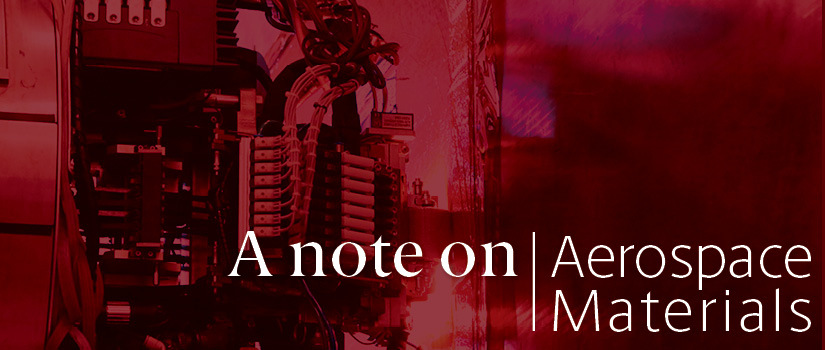By Hossein Haj-Hariri | July 22, 2020
On May 30, SpaceX successfully launched their Crew Dragon spacecraft to the International Space Station. For me, it was quite moving to see. But probably not for the obvious reasons you may be thinking.
I was moved not just by the flight (which is truly amazing, that you can take off from our rock, and fly through space, and arrive at a dot at the perfect time, and dock!), but by the manifold ground-breaking research, innovation, and advanced manufacturing processes that made the flight possible.
Early in the life of SpaceX, I visited two of my past doctoral students who were employed there at the time. I was given a tour of SpaceX’s manufacturing facility, where I saw robots building the rockets, similar to how cars are built in the automotive industry. I saw rocket engine parts being 3D printed out of metal. I saw structures built from carbon composites.
That moment has since stuck in my mind. Tours taken afterward of other aerospace manufacturers’ factory floors no longer wowed me – instead, they felt like I was stepping back into the early 20th century, and the dawn of the assembly line. At SpaceX, I had seen robots building carbon-composite fuselages, and heard the hum of 3D printers. At these other factory floors, I saw planes pulled through assembly lines to the ever-present noise of riveting.
It became very clear to me where the aerospace industry was headed. And we made it a goal for our college to be a leader in its growth.
In four short years, we are well on our way to meeting that goal. Our college is pushing the boundaries of aerospace engineering and manufacturing, and bringing the industry with us. We identified thermoplastics, induction welding, advanced composite manufacturing, non-destructive evaluation and composite 3D printing as the future of aerospace and became leaders in each. We also identified cleaner and more efficient combustion as a need of the industry to address and founded a significant effort in that area.
The results speak for themselves.
In just the last two months, we were selected by NASA as one of five team leads working to transform the future of aircraft. Our assistant professor, Ramy Harik, was named one of the world’s 20 most influential professors in the field of smart manufacturing. Our McNair Aerospace Center was identified by South Carolina’s Secretary of Commerce as instrumental in leading the state toward its goal of becoming a smart manufacturing hub. Last year, we even began the state’s first (and only!) undergraduate aerospace engineering program; and the program already has one of the largest enrollments in the nation.
Now, as we all collectively dream about aerospace’s future – of urban air mobility, accessible space travel, and constellations of low-orbit satellites – I count myself very lucky. Every day in the office brings me glimpses of what this future holds, and confidence that it will be achieved.
Please take a few minutes to learn more about our college’s cutting-edge aerospace engineering research: the advanced manufacturing and simulation research being conducted here, our state-of-the-art McNair aerospace engineering center, our leading structural health monitoring group, and the story of one of our top aerospace researchers. Just as I was at SpaceX many years ago, I know that you will be impressed.
Sincerely,
Hossein Haj-Hariri
Dean of the UofSC College of Engineering and Computing
Our Aerospace Manufacturing Highlights:
-
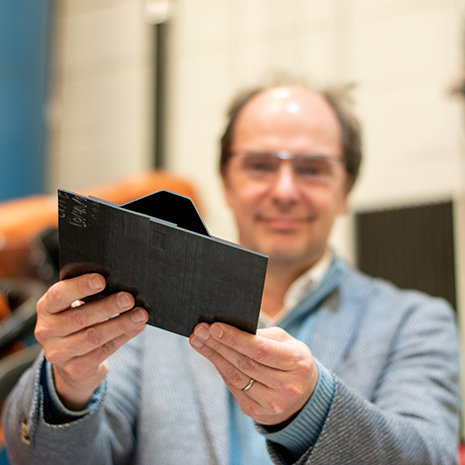
Aerospace team leading $5.7 million NASA University Leadership Initiative
-
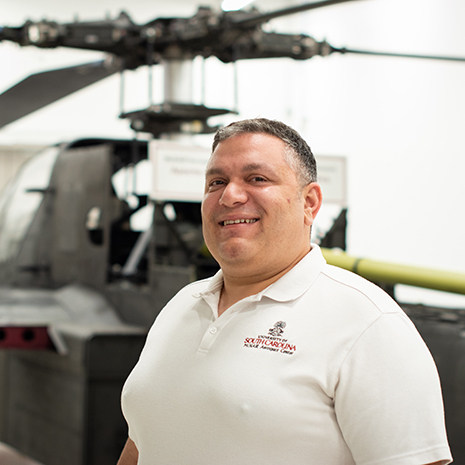
Harik named leading innovator in smart manufacturing
-
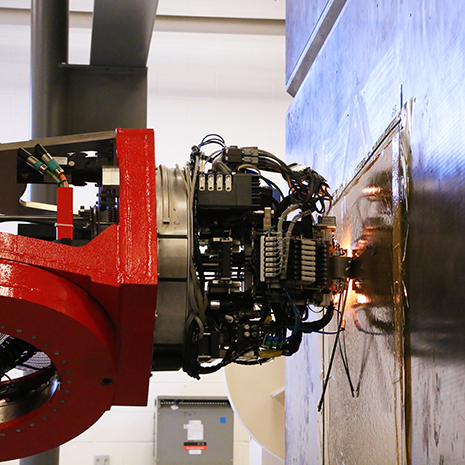
McNair Aerospace Center leading SC’s charge to be smart manufacturing state
-
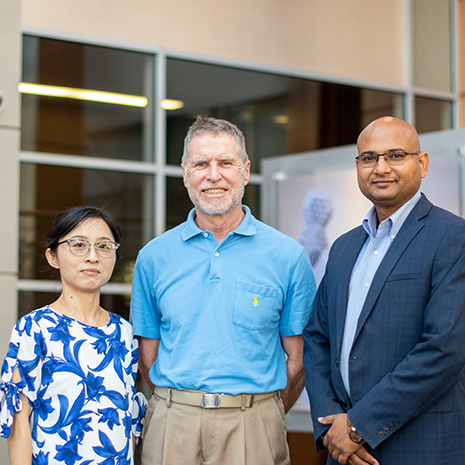
The Pioneers of Structural Health Monitoring
-
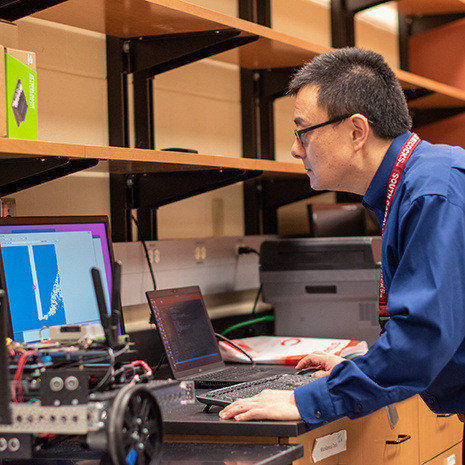
Wang improves safety of aircraft through new simulation technology
-

Christopher Carter’s curiosity leads to NASA grant
-
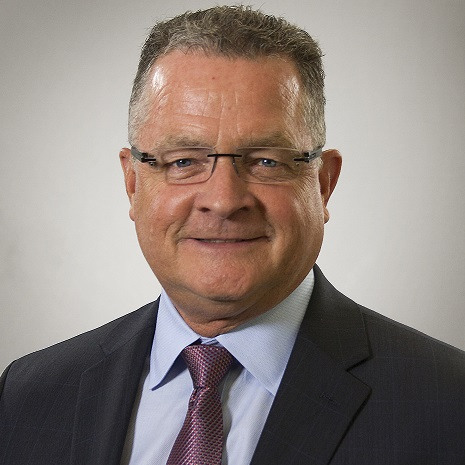
Alumni Spotlight: David King soars through the aerospace industry
-
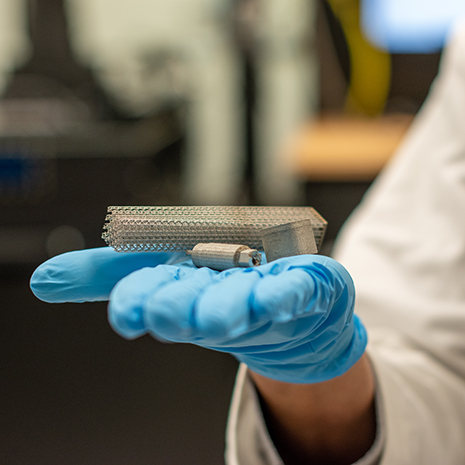
Yuan and Downey to advance field of additive manufacturing through support from SCRA
-
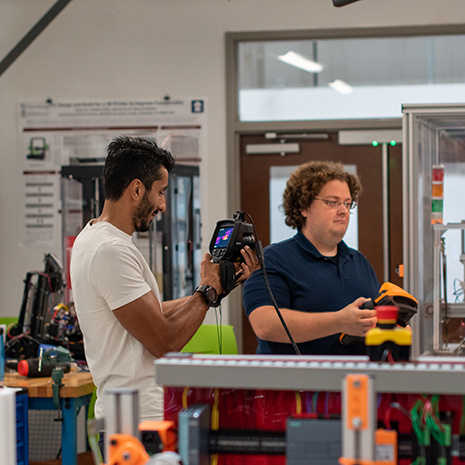
Two home-grown researchers emerge as leaders in SC’s aerospace industry
